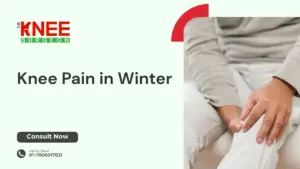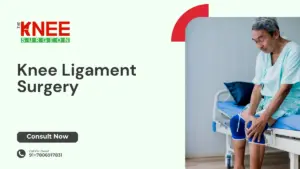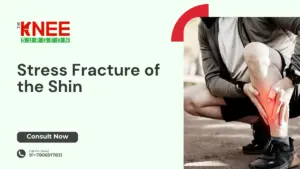It’s a frosty morning you step outside, and before long, your knees feel unusually stiff and achy. Some people even notice their legs feel colder from the knee down when the temperature drops. If this sounds familiar, you’re not alone. Many adults, especially those with past injuries or arthritis, experience knee joint pain in winter. The good news? While winter aches can feel discouraging, there are effective ways to manage them. Let’s walk through the causes, common conditions, and simple steps you can take to stay comfortable and active through the colder months.
Causes of Knee Pain in Cold Weather
Knee discomfort in winter isn’t just your imagination there are real reasons behind it:
- Drop in temperature
When the weather turns cold, the tissues around your joints lose flexibility. Muscles and tendons can tighten up, which makes the knees feel stiff and less mobile. This stiffness often eases once you warm up and start moving. - Reduced circulation
Cold air naturally causes blood vessels to narrow, which can reduce blood flow to your arms and legs. This explains why some people wonder, “Why are my legs cold from the knee down?” the lower limbs are simply not getting the same warmth and circulation they do in warmer months. - Increased nerve sensitivity
Low temperatures can make nerves more reactive to pressure and movement. This means discomfort that was mild in summer may feel sharper or more noticeable in winter, particularly around the knee joint. - Old injuries and arthritis flare-ups
Previous injuries or wear-and-tear conditions like arthritis often resurface when it’s cold. The joints may produce less fluid, cartilage stiffens, and inflammation becomes more noticeable, leading to a familiar winter ache.
Common Orthopedic Problems During Winter
The colder season can aggravate certain musculoskeletal issues, including:
- Osteoarthritis flare-ups
Cold weather can make joint cartilage less flexible and more sensitive to pressure. For people with osteoarthritis, this often leads to stiffer, more painful knees during winter. - Post-injury stiffness
Old injuries like a past ligament tear or fracture may feel more noticeable in cold conditions. Scar tissue and weakened structures tend to tighten up, bringing back discomfort or limited motion. - Tight muscles
The hamstrings and quadriceps naturally tighten in lower temperatures. When these muscles lose flexibility, they place extra strain on the knees, making movement less comfortable. - Circulatory changes
Winter cold can slow circulation, especially in the legs. This reduced blood flow may cause knees and lower legs to feel colder, heavier, or achier than usual.
How to Avoid Knee Pain in Winter
Prevention is always better than cure. A few lifestyle adjustments can make a big difference:
- Dress warmly and layer clothing around the knees.
- Do a gentle warm-up indoors before heading outside.
- Stay active with low-impact indoor activities like yoga or cycling.
- Keep up with hydration and nutrition, since dehydration worsens joint stiffness.
Treatment for Cold Knees
If winter pain has already set in, don’t worry there are effective remedies:
- Over-the-counter pain relievers can help short-term discomfort.
- Heat therapy (warm compresses, heating pads, warm baths) relaxes muscles.
- Supportive knee braces or sleeves offer stability and warmth.
- Physiotherapy focuses on mobility, strengthening, and posture correction.
- For persistent issues, a doctor may recommend further evaluation or tailored treatment.
Tips to Reduce Knee Pain in Cold Weather
Here are some practical, at-home strategies you can use right away:
- Regular exercise – walking, swimming, or stationary biking helps circulation.
- Stretching – keeps muscles flexible and reduces stress on the knee joint.
- Supportive footwear – avoids unnecessary strain on the knees.
- Simple home remedies for knee pain due to cold weather – such as gentle massage, warm herbal teas for circulation, and Epsom salt soaks.
When to See a Doctor
Sometimes, knee pain signals more than just seasonal stiffness. It’s best to seek medical help if you notice:
- Persistent or worsening pain despite self-care
- Significant swelling, redness, or warmth in the joint
- Sudden inability to bear weight
- Pain interfering with daily routines or sleep
Results
The majority of people with knee joint pain in winter find relief through lifestyle changes, supportive therapies, and simple remedies. In most cases, the pain is temporary and manageable. With consistent care, your knees can stay strong even when the temperature drops. Winter may bring the chill, but it doesn’t have to bring you to a halt. Stay warm, stay active, and know that your joints can adapt with the right support.
Read also: Exercises for Hamstring Strain





